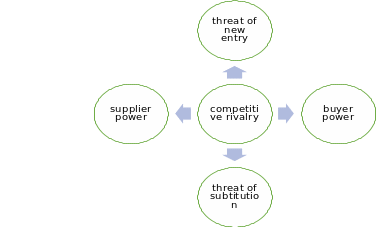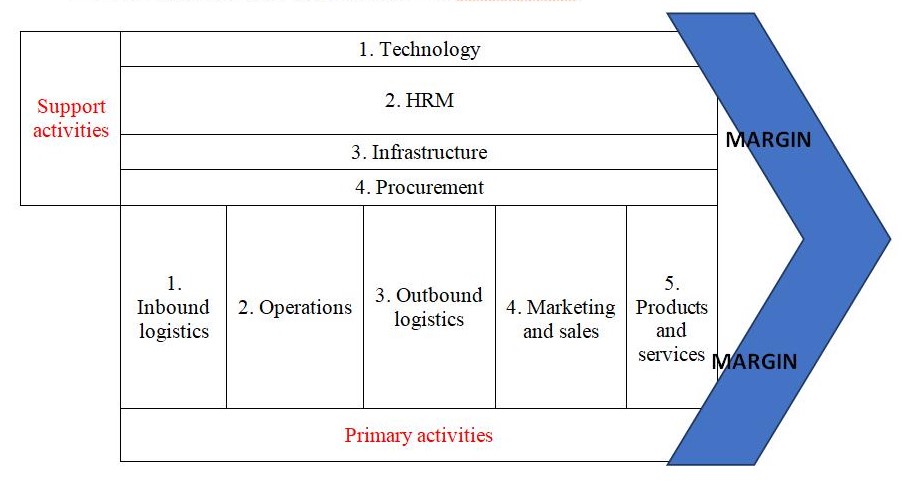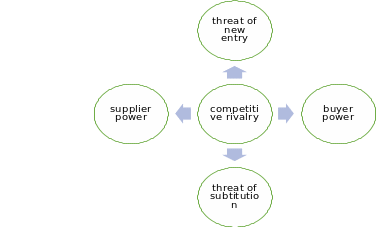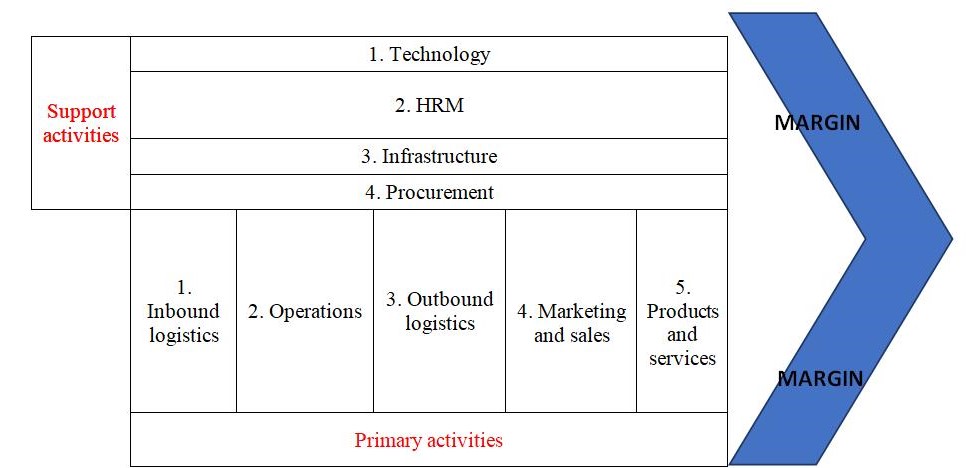IKEA supply chain
1- SWOT analysis for Ikea supply chain” as bulletpoints”.

Supplier power
- The bargaining power of suppliers is relatively weak
- Although the number of suppliers is significant, their small size and low financial opportunities do not allow them to have enough power.
- IKEA can switch from one supplier to the other easily.
- Suppliers are obliged to follow IKEA’s rules, or they will be simply removed.
Buyer power
- As a group, buyers have significant power.
- IKEA is focused on attracting and retaining buyers.
- Factors that moderate buyers’ powers are low prices and acceptable quality.
Threat of substitution
- Threats from substitute offers are low.
- Factors that moderate the threat: brand reputation, affordable prices, and availability of a wide range of products.
Threat of new entry
- The threat is low.
- New rivals may enter the market but without any substantial effect on IKEA’s business.
- Most of home furnishing players are small companies.
- Barriers to entry are low; however, it is hard to remain competitive in the market.
Competitive rivalry
- A large number of competitors.
- Plenty of brand stores offer home furnishing products.
- IKEA’s competitive advantages allow moderating the level of rivalry to moderately high.

Primary activities
Inbound logistics
- Inbound logistics is a primary source to create the business value;
- IKEA purchases raw materials and items from about 1200;
- Advanced check of materials and items
Operations
- Three operations divisions – Franchise, Property, and Finance; the latter is the primary one;
- De-centralization strategy;
- Implementation of new technologies.
Outbound logistics
- Warehousing and distribution from about 400 stores;
- 28 distribution centers.
- Customers are responsible for transportation costs.
Marketing and sales
- Advanced promotion;
- Efficient online sales channel;
- Significant utilization of a paper-based catalog.
Products and services
- Bad Customer Service;
- Convenient online support system.
- Extensive range of products.
Support activities
Technology
- The central role of digital technologies.
- Investments in digitalization.
- Efforts to automate production.
HRM
- Career advancement opportunities.
- IKEA admits the dependency on employees’ development.
Infrastructure
- Developed system of store locations.
- Effective governance on a global and regional level.
Procurement
1. Cooperation with about 1800 suppliers;
2. Focus on long strategic partnerships.
4-General background for Ikea supply chain ” as bulletpoints”
- IKEA’s vision is founded on an effective supply chain.
- Cost savings in furniture design.
- Consistent relations with suppliers.
- Low packaging costs due to the assembling of products by clients.
- Employment of in-store logistics staff to deal with inventory management.
- Clients choose furniture and get the packages themselves.
Avocado supply chain
1- SWOT analysis for Avocado supply chain” as bulletpoints”.

Supplier power
- Supplier power is high.
- Retailers that sell avocados have a high dependence on growers.
- Suppliers tend to dictate their conditions to retailing companies.
Buyer power
- Buyer power is moderate.
- Consumers require high quality of avocados.
- Avocado providers have to manage the cold supply chain.
Threat of substitution
1. Avocado is a unique product – the threat of substitution is low.
Threat of new entry
- The threat is low.
- High expenses on the supply chain.
- Barriers to entry are high.
Competitive rivalry
- Competition is high.
- A large number of powerful competitors.
- Value chain for Avocado supply chain” as bulletpoints”

Primary activities
Inbound logistics
- High standards of inbound logistics;
- Low temperatures during transportation.
Operations
- Operations mostly refer to communication between suppliers and retailers;
- Rivals demonstrate a sophisticated system of operation processes.
Outbound logistics
- A low number of warehouses;
- The necessity to transfer avocados from plantations to retailing shops initially.
Marketing and sales
- Poor promotion;
- Many propositions online.
Products and services
Unique and exclusive product.
Support activities
Technology
The insignificant role of technologies.
HRM
Importance of qualification of HR involved.
Infrastructure
An advanced system of routes between retailers and suppliers;
Procurement
- Solid strategic partnership relations on a global level.
- 4-General background for Avocado supply chain ” as bulletpoints”
- For the last few years, the demand for avocados has substantially increased.
- The primary importer is the US.
- There are a few places where avocados can grow the whole year.
- Consumers are specific regarding the avocados they purchasing.
- Looking after the avocado on the tree and picking off are both crucial to the supply chain.
